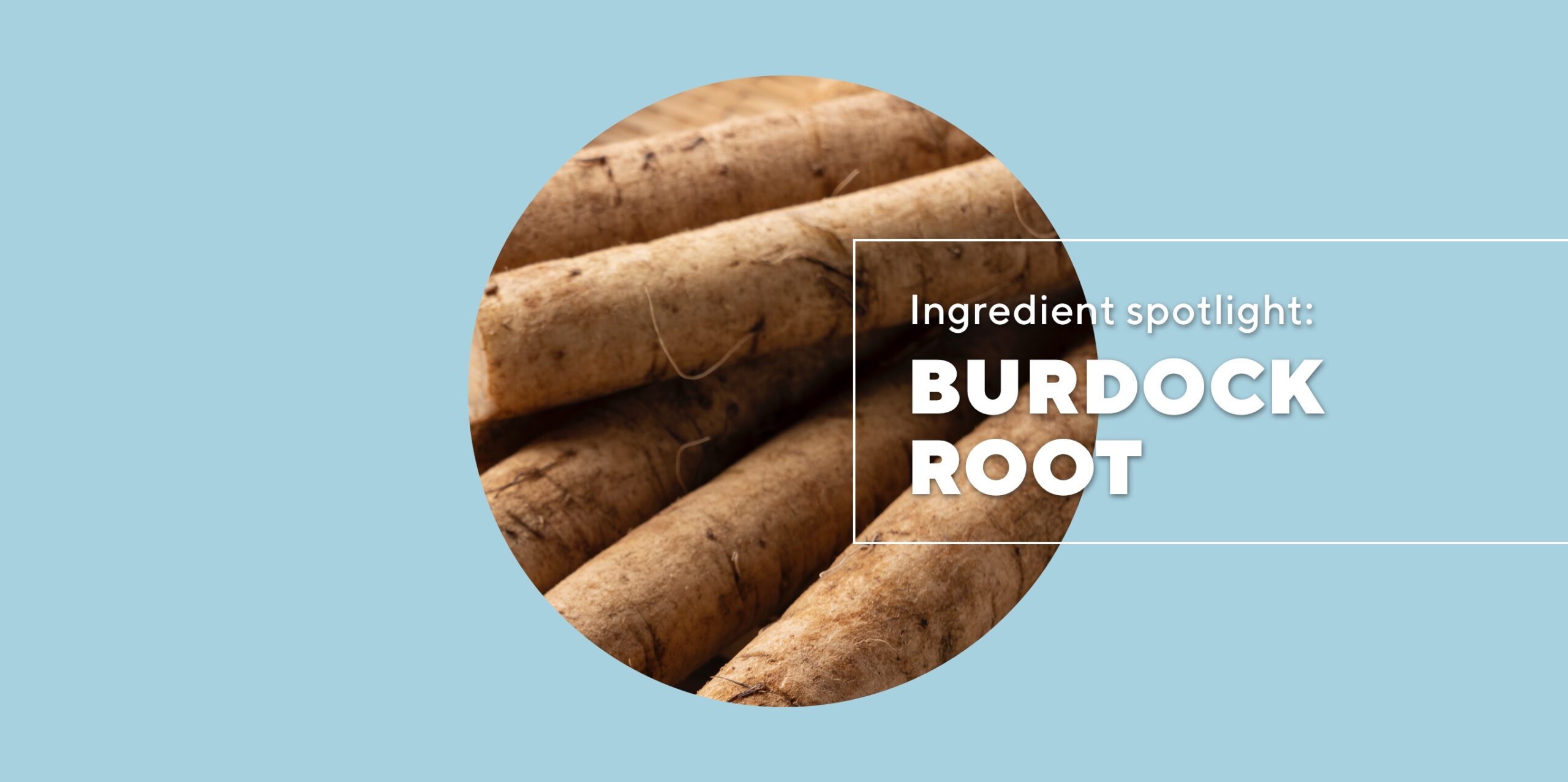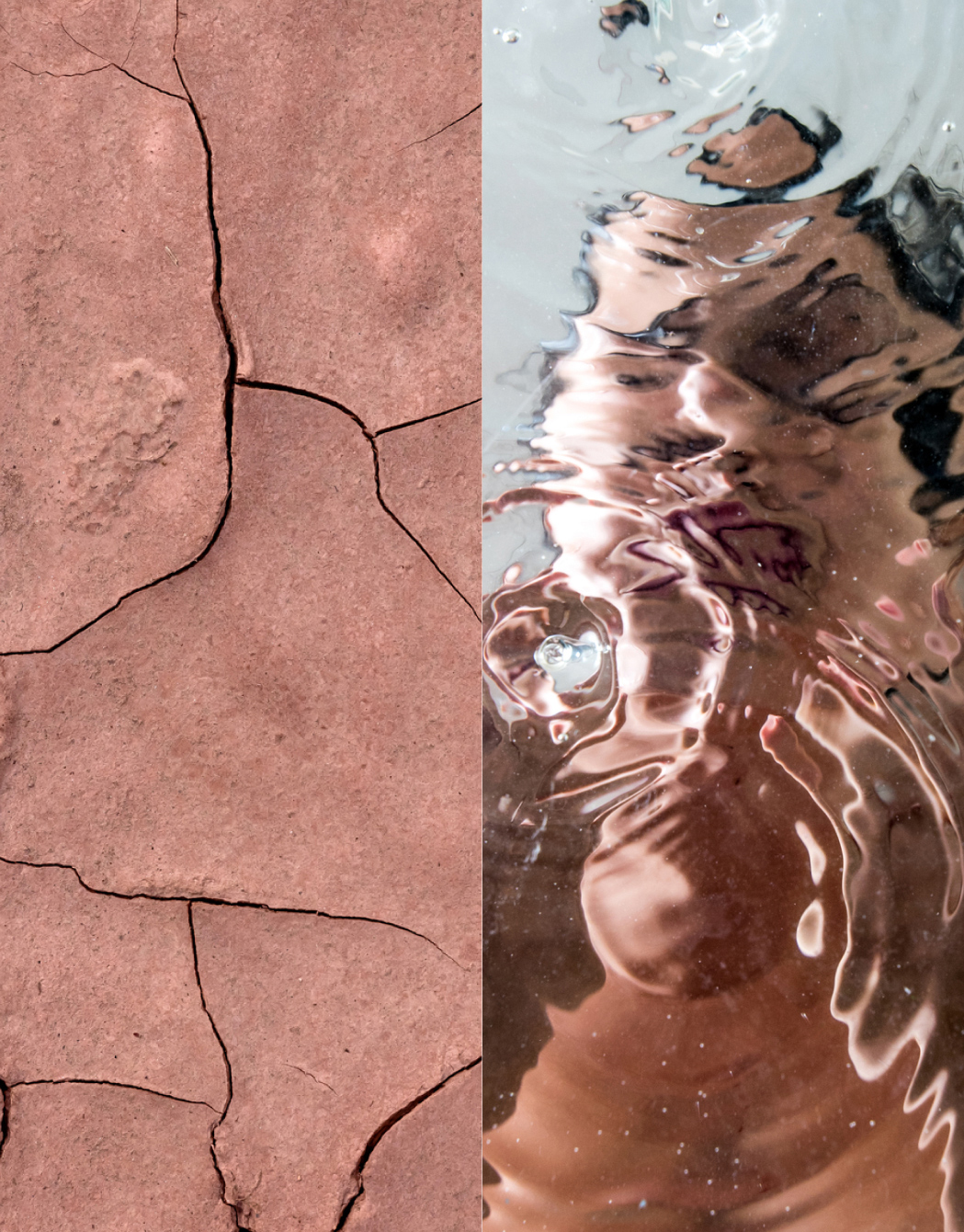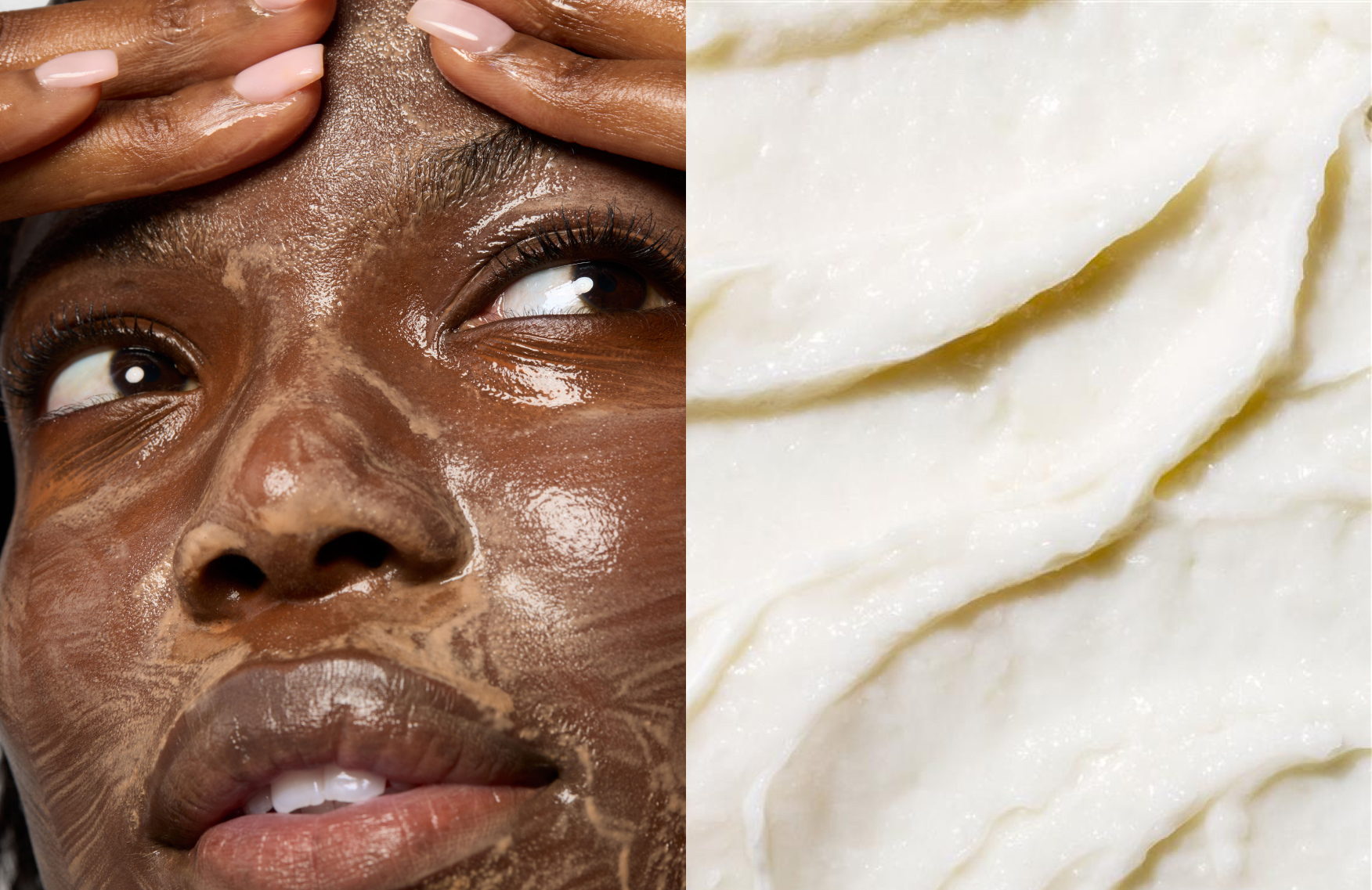Ingestible skincare ingredient: Burdock root benefits—the natural solution for everything from digestion to a clearer complexion?

“Food is medicine” seems to be one of the leading adages of our time, but if there’s any ingredient with a clinical record to back it up, it’s burdock root. Understanding what is burdock root good for reveals why it’s one of the oldest remedies for skin conditions, it’s rich in lessons to impart about ingestible skincare—and chock-full of blemish-fighting properties to share with our skin. Whether you’re curious about burdock root benefits for women or general wellness, this powerful plant offers remarkable therapeutic potential. Read on as we dive deeper into this ingredient and the power it holsters within skincare supplements.
What is burdock root?
Botanically known as Arctium or Arctium lappa, burdock is a type of biennial plant that predominantly grows in North America and Eurasia. For hundreds of years, cultures from Japan to the Ojibwa in North America have relied on burdock—particularly its root—to answer the question of what is burdock root good for, using it as s source of sustenance and a powerful therapeutic agent in plant-based folk medicine to support 3 main bodily functions:
- Digestion and elimination
- Circulation and blood purity
- Immune and skin health
Burdock root benefits extend far beyond any single area of health. Burdock root’s various applications remind us of an important truth about our bodies: our physical systems are closely interwoven, and their well-being is mutually contingent.
Acknowledging the interwoven relationship of each organ of our body shows us that achieving healthy-looking skin isn’t strictly a matter of surface-level (i.e., topical) interventions. It’s also about seeking balance and health internally so that our skin’s health isn’t just a fringe benefit.
How does burdock root affect the skin?
Arguably the most powerful and beneficial attribute of burdock lies in its superior reserves of antioxidants, with the majority of antioxidants like phenolic acids, quercetin and luteolin found in its roots.
No matter your age, skin history, or current condition of your skin, antioxidants are a vital part of any modern skincare regimen. These are the substances that your body produces to control free radicals—unstable molecules generated during normal cellular processes (e.g., digestion) and after exposure to potentially toxic pollutants (e.g., cigarette smoke).
Taking an antioxidant-rich burdock root supplement may serve to mitigate the effects of oxidative stress and reestablish cellular equilibrium. These burdock root benefits, in turn, in turn, can clear the way for a host of benefits including (but not limited to) resilient, healthy-looking skin.
There are three potential health benefits of ingesting burdock root orally—not just for the betterment of our skin, but for the enhancement of our entire well-being.
If you struggle with pimples—either chronically, or during the odd hormonal flare-up—burdock root may be a powerful ally in reducing them and building back a smooth, even complexion.
Recent studies have confirmed burdock root benefits in taking acne vulgaris to task due to its antimicrobial and anti-inflammatory properties. This is particularly relevant when considering burdock root benefits for women, as hormonal fluctuations can often trigger breakouts.
One of the premier burdock root benefits can be traced back to one of the richest medical traditions on the planet: traditional Chinese medicine (TCM). Burdock root is a staple of the TCM herbal canon, where it’s most commonly used to treat 3 skin issues that have an inflammatory response in common:
- Psoriasis: Causes itchy, scaly rashes on the skin
- Eczema: Can lead to dryness, itching, and infection
- Contact dermatitis: Skin’s response to foreign substances
Circulation is fundamental for every system of the body, but it has a unique role to play in our skin. Maintaining a healthy blood flow is a critical part of nurturing our skin with the nutrients we acquire through food sources and supplements. It’s also elemental to restoring the skin in periods where it has to recover from injury. That’s because, as our body’s first line of defense, skin is constantly in a state of cell renewal and self-replenishment.
When circulation is poor, however, the skin can appear dull, lifeless, and have trouble “bouncing back” from conditions such as:
- Sunburns and UV radiation
- Acne and acne-related scarring
- Physical injuries to the skin
TCM practitioners have a long record of using burdock root to encourage blood to flow to the skin’s surface, demonstrating what is burdock root good for in traditional medicine. They also regard burdock as a blood purifier, with the ability to eliminate toxins found in the bloodstream. Taking a burdock root supplement may serve to foster a creamier skin texture externally and promote its internal vitality, with burdock root benefits including reduced concerns like eczema and resulting in nourished, revitalized skin.
If you’ve ever taken a sip of burdock root tea, you may know that it has a uniquely slippery texture. This is because burdock root is rich in inulin, a type of prebiotic with gut health-enhancing properties that may be linked to its ability to absorb and retain moisture.
In many cases, persistent blemishes may result from a perturbed gut-skin axis—a term that refers to the intimate relationship between our gut microbiome and the immune function of our skin. Researchers suspect that an imbalanced microbiome has a significant role to play in controlling metabolism, immune responses and inflammation throughout the body, including our complexion.
In addition to assisting with the restoration of our gut microbiota, burdock root benefits may also include powerful hydrating properties. This is due to inulin’s role as a humectant—a substance that binds to and retains water.
By helping our skin absorb and maintain its hydration levels, burdock root benefits may go beyond coaxing our gut-skin axis back into balance. It may also help to lock in that extra dose of moisture our digestive and cutaneous systems need to maintain a state of wellness.
How to incorporate burdock root into your routine
Now that you understand what is burdock root good for and the various burdock root benefits, here are the most effective ways to add this powerful ingredient to your wellness routine:
Capsules and supplements: The most convenient and concentrated form, burdock root capsules provide standardized dosing and are easy to incorporate into daily routines. Look for high-quality supplements that specify the concentration of active compounds.
Burdock root tea: A traditional and gentle way to enjoy burdock root benefits. Steep dried burdock root or use tea bags for 10-15 minutes. The tea has an earthy, slightly sweet flavor and can be enjoyed hot or cold.
Fresh root powder: Can be added to smoothies, juices, or foods. Start with small amounts as the flavor can be quite strong. This form allows you to control the dosage and combine with other beneficial ingredients.
FAQs
Q: What is burdock root good for specifically? A: Burdock root is primarily used for skin health, digestive support, and circulation enhancement. It’s particularly effective for inflammatory skin conditions like acne, eczema, and psoriasis due to its antimicrobial and anti-inflammatory properties.
Q: What are the main burdock root benefits for women? A: Burdock root benefits for women include hormonal acne support, improved circulation for healthier-looking skin, and gut health enhancement. The anti-inflammatory properties can be particularly helpful during hormonal fluctuations that affect skin clarity.
Q: How long does it take to see burdock root benefits? A: Results vary by individual, but many people begin noticing improvements in skin clarity and digestive health within 4-8 weeks of consistent use. Circulation and overall wellness benefits may be noticed sooner, sometimes within 2-3 weeks.
Q: Are there any side effects to consider with burdock root benefits? A: Burdock root is generally well-tolerated, but some people may experience mild digestive upset when first starting. Those with ragweed allergies should use caution, and pregnant or nursing women should consult healthcare providers before use.
Q: Can I get burdock root benefits from food sources? A: Yes, fresh burdock root (gobo) is commonly eaten in Asian cuisines and provides benefits through whole food consumption. However, supplements and teas typically offer more concentrated amounts of the active compounds.
The views expressed in this article do not necessarily represent the views of Murad, and are for informational purposes only, even if the advice of physicians and medical practitioners are included. This article is not a substitute for professional medical advice, diagnosis or treatment, and should not be considered specific medical advice.
References for this information:
Mount Sinai Website, Health Library
Journal of Pharmaceutical and Biomedical Analysis, 2010, volume 51, issue 2, page 399-404
Homeopathy, 2014, volume 103, issue 3, pages 203-207
Acupuncture Today Website, herbs and botanicals
Biophotonics for Medical Applications, 2015, pages 243-299
Journal of Holistic Nursing, 2014, volume 32, issue 4, pages 327-340
Inflammopharmacology, 2011, volume 19, 245-254
Carbohydrate Polymers, 2016, volume 20, issue 147, pages 444-454
More about skincare ingredients as ingestibles here:
Ingestible skincare ingredient: Glutathione—is it a shady skin lightener or misunderstood skincare superstar for hyperpigmentation and fine lines?
Ingestible skincare ingredient: Phytoceramides—are they a ‘facelift in a bottle’ and the secret to radiant, firmer skin from the inside out?
Ingestible skincare ingredient: Vitamin A—the top 4 reasons why it’s a skin-saving superpower
Ingestible skincare ingredient: Vitamin E—from being the ultimate antioxidant to protecting against inflammation
Ingestible skincare ingredient: Grapeseed oil—the only ingredient you need on your supplement shelf for radiant, even skin?


